Explore the Best AI Image Gallery
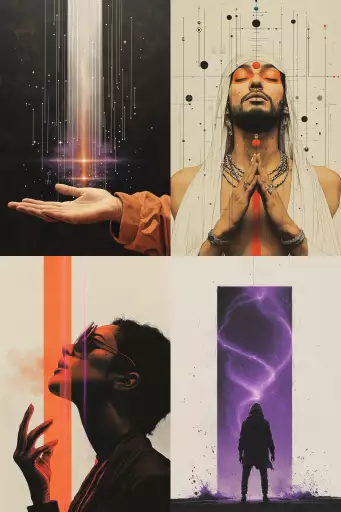
Beyond the Brush: How Wearable Tech is Redefining Artistic Creation
The realm of creativity has always been defined by innovation, a constant push to explore new mediums and expressions. Now, wearable technology is poised to redefine artistic creation, blurring the lines between physical and digital realms.
A Symphony of Senses: Applications in Creative Practice
Wearable tech extends beyond simple gadgets; it becomes an extension of the artists senses, augmenting their creative process:
- Interactive Installations: Imagine sculptures that react to your touch or paintings that shift colors based on your heartbeat. Wearables can transform static artworks into dynamic, interactive experiences, blurring the boundaries between observer and participant.
- Gesture-Based Design: Software controlled by hand gestures and body movements allows for intuitive and fluid design processes. Architects, sculptors, and even musicians can utilize wearables to sculpt digital models or compose music in real-time, guided solely by their physical expressions.
- Augmented Reality (AR) Overlays: Imagine artists layering digital elements onto the physical world through AR glasses. They could design buildings that seamlessly integrate with existing landscapes, paint murals that appear and disappear based on viewer proximity, or create interactive narratives that unfold around users in real-time.
The Ethical Canvas: Navigating New Territories
As with any powerful technology, wearable tech in the creative industry raises ethical considerations:
- Data Privacy and Security: Wearables collect vast amounts of personal data. Artists must be transparent about how this data is used and ensure robust security measures to protect user privacy.
- Accessibility and Inclusivity: New technologies should be accessible to all, regardless of physical or economic limitations. Designers must consider the needs of diverse users and strive for equitable access to creative tools.
- Authenticity and Ownership: Who owns the intellectual property generated through wearable tech? How do we define authorship in a world where technology plays an increasingly active role in the creative process?
Future Horizons: A Vision of Unbound Creativity
The potential of wearable tech in the creative industry is vast and constantly evolving:
- Brain-Computer Interfaces (BCIs): Imagine translating thoughts directly into art, music, or design. BCIs have the power to unlock entirely new forms of creative expression, bypassing traditional physical limitations.
- Personalized Creativity: Wearables can adapt to individual users preferences and skill levels, providing personalized learning experiences and empowering people to explore their creative potential.
- Collaborative Creations: Remote artists could collaborate in real-time, merging their ideas and creations through shared virtual spaces enabled by wearable tech. This fosters global artistic communities and expands the boundaries of collaborative artmaking.
Conclusion
Wearable technology is not merely a tool; its a catalyst for transformation, reshaping the very definition of creativity. By embracing its potential while navigating its ethical complexities, we can unlock a future where artistic expression knows no bounds.
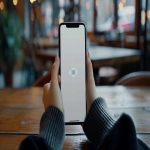
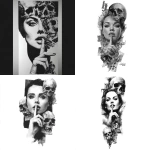
](https://images.ai-img.art/thumbnails/150/24610c8978ce6b4f1ced8639b434482871adb07e38af8b90cd535f2533bf18cc.webp)

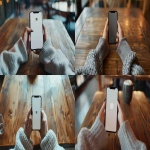








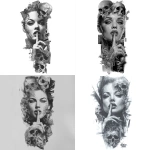
](https://images.ai-img.art/thumbnails/150/9127f72c6be19d533c26ac476f4d216cd89a6a2d7c351333489a3eff30c3ec5a.webp)


](https://images.ai-img.art/thumbnails/150/336026613fd234b8d6908fe18ecc09b2b2ecf7b8dfe294742041c9862dc499c1.webp)




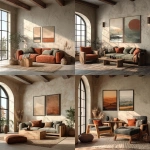

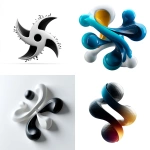


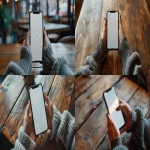

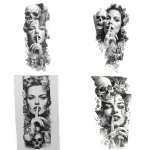


](https://images.ai-img.art/thumbnails/150/85464d88f1d4314cd042a02a6f41440fc3b4343db529794cbe8e6836fdadf409.webp)


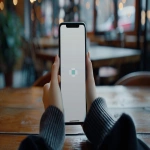





](https://images.ai-img.art/thumbnails/150/b90a5f332cb5d8f02116934e13abd20233e0eeb2368274dbdffaa2e281e4dff5.webp)

](https://images.ai-img.art/thumbnails/150/4a4f2a16da94ebadad64aeb3b0fb4e64d426431f1d651cc4929142c728fe85b7.webp)
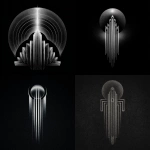
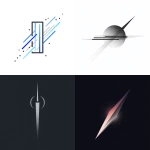
](https://images.ai-img.art/thumbnails/150/d29fcfc8037938184a641f7980e1102e24a6e82088bc465886d26ffe5bb006c7.webp)


](https://images.ai-img.art/thumbnails/150/37f115f2fa75765b87e6d3e2c9f1b0a80a6a46efa8b864a05278c7fc0a0a62e7.webp)